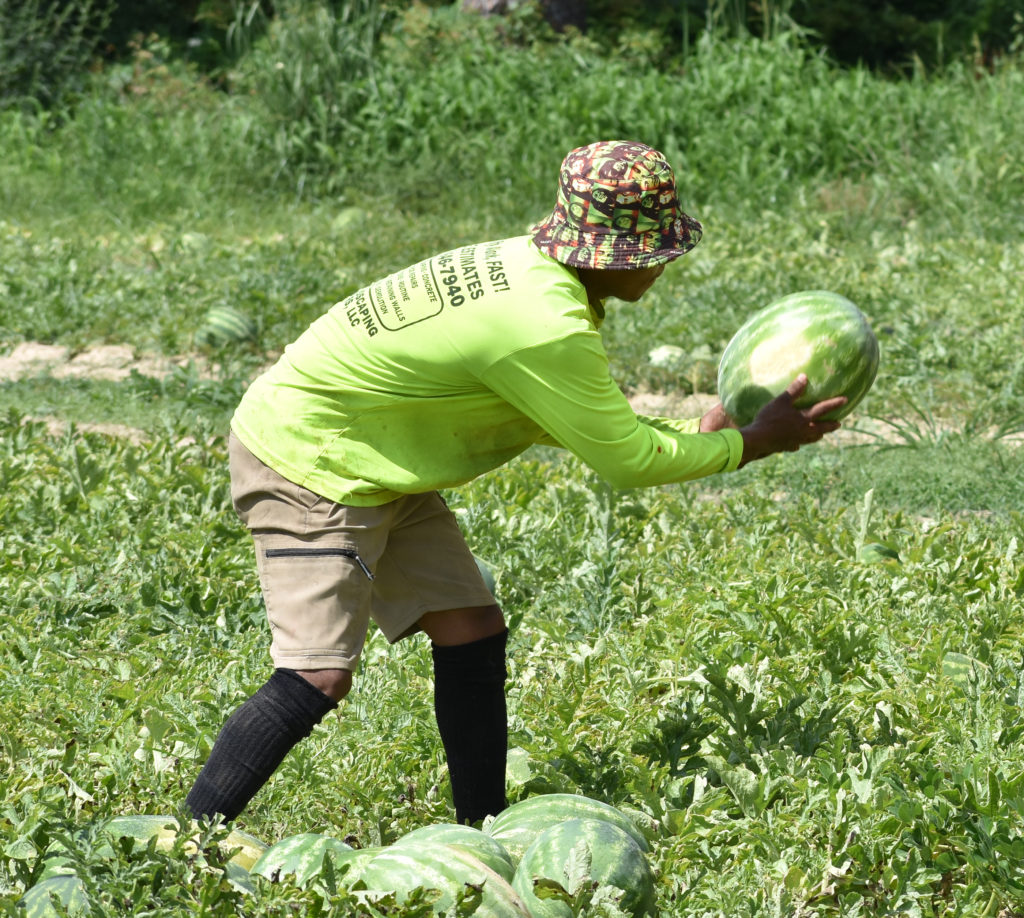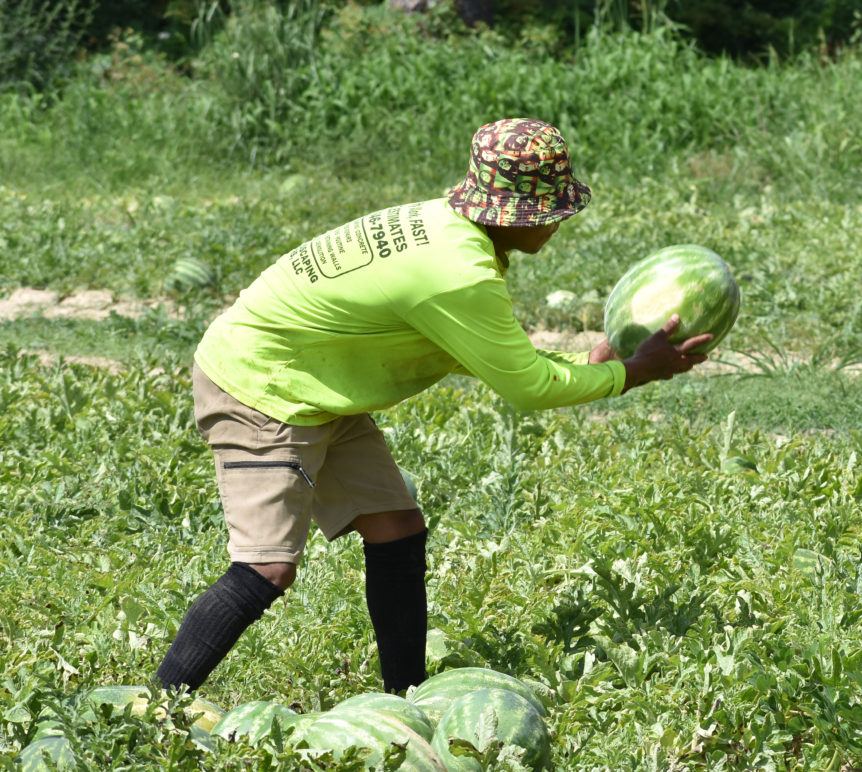
The Southeastern Coastal Center for Agricultural Health and Safety (SCCAHS) and the University of Florida Institute of Food and Agricultural Sciences (UF/IFAS) have partnered to create an online toolkit to help protect agricultural workers from the summer heat.
Last year’s sweltering summer temperatures convinced SCCAHS leadership that additional promotion about heat-related illness education could save lives. Even before the summer ended, the center launched a collaborative effort with the UF/IFAS Center for Public Issues Education to assemble an online guide for agricultural educators.
“We know Florida’s farm workers, as well as others working in the agriculture industry, are really vulnerable to these hot conditions,” said Ashley McLeod-Morin, SCCAHS associate director of strategic communication. “We felt offering resources to educate our workers and those supervising workers was really important.”
The toolkit includes webinars, podcasts and communication materials targeted for use by UF/IFAS Extension offices as well as by commodity associations. A heat safety plan template helps organizations adopt procedures for monitoring the heat index, for providing hydration and for training staff. Printable guides in English and Spanish advise about the length of work acclimation periods as well as about the amount of water workers should drink.
Statistically Speaking
A 2018 study examining hydration and kidney injury among 192 agricultural workers laboring in Pierson, Apopka and Immokalee during the summers of 2015 and 2016 found about 55% of workers experienced dehydration before their shift; 81% experienced dehydration after their shift; and 33% experienced acute kidney injury on at least one of the 555 workdays included in the study.
In September, a 26-year-old man working for a private company on a Belle Glade sugar cane farm, died from heatstroke just a few days after starting his job.
McLeod-Morin expects the SCCAHS toolkit to grow with additional resources over time.
“We really hope this is a living repository and resource we can continue to add to, including more resources in Spanish and in other languages as well,” she said.










